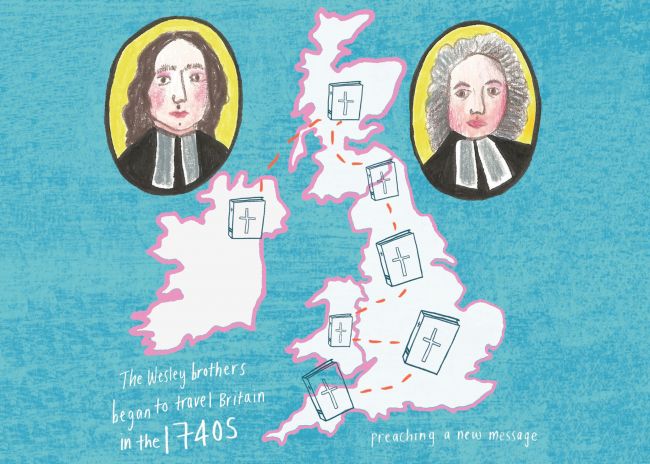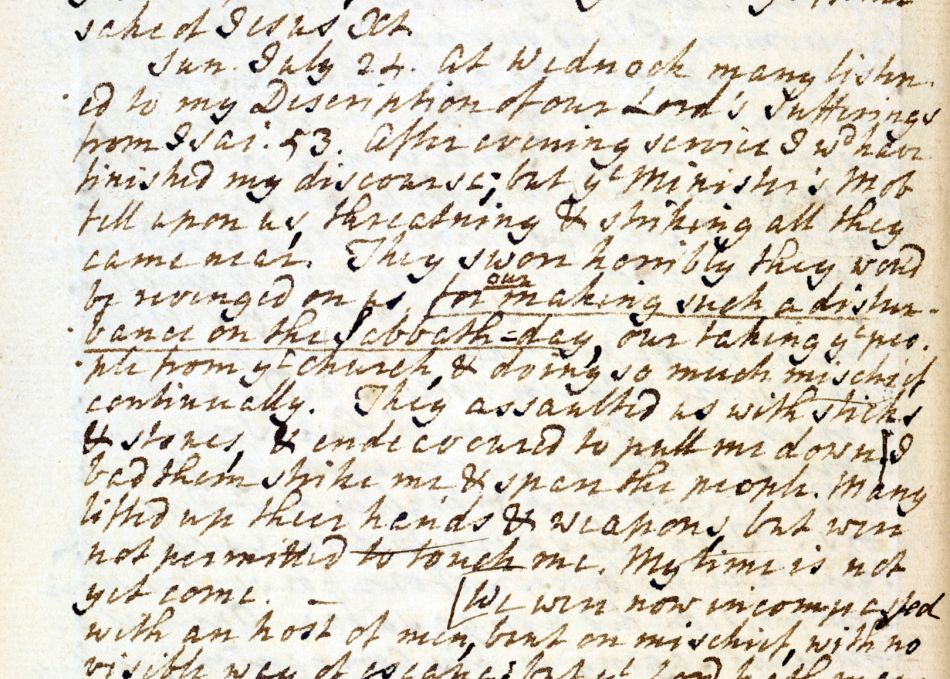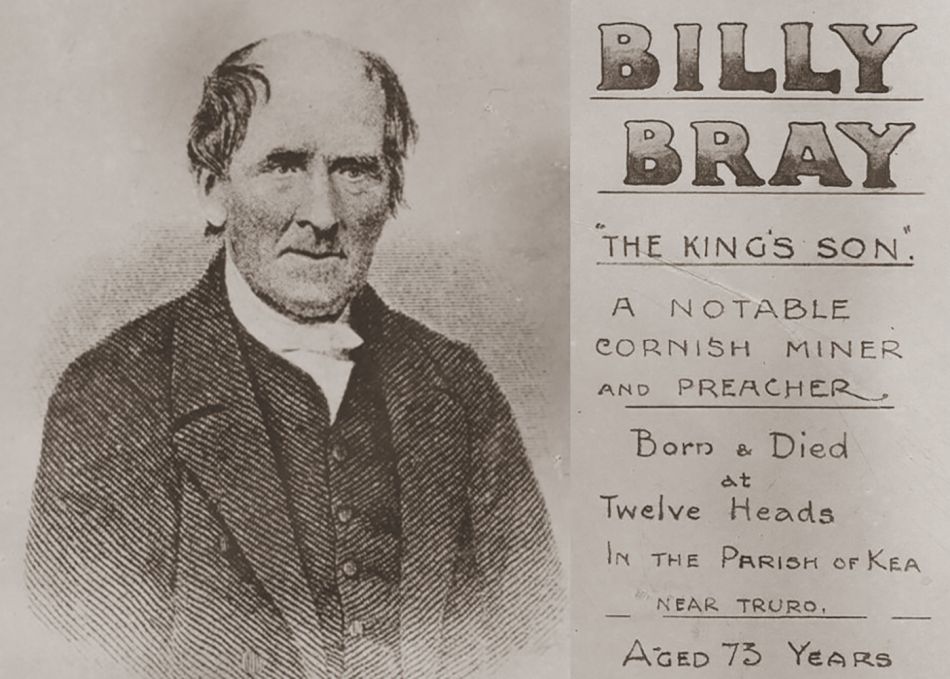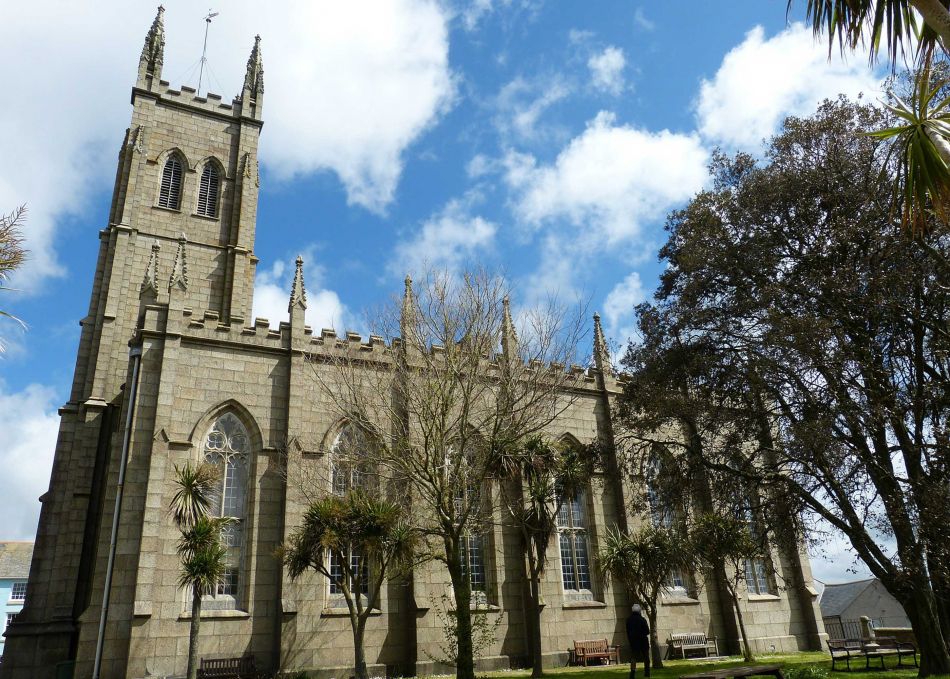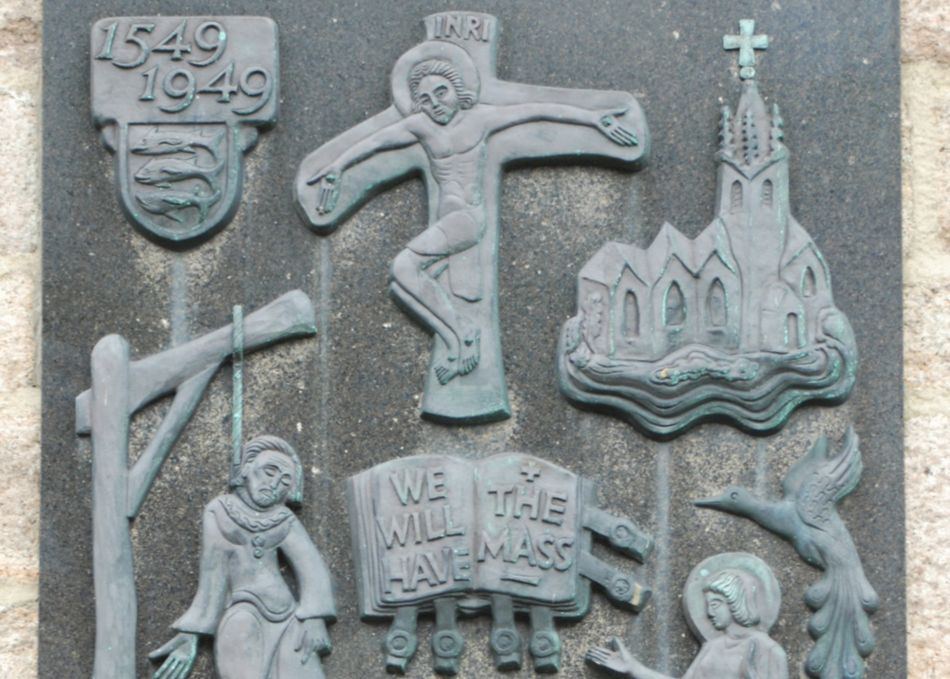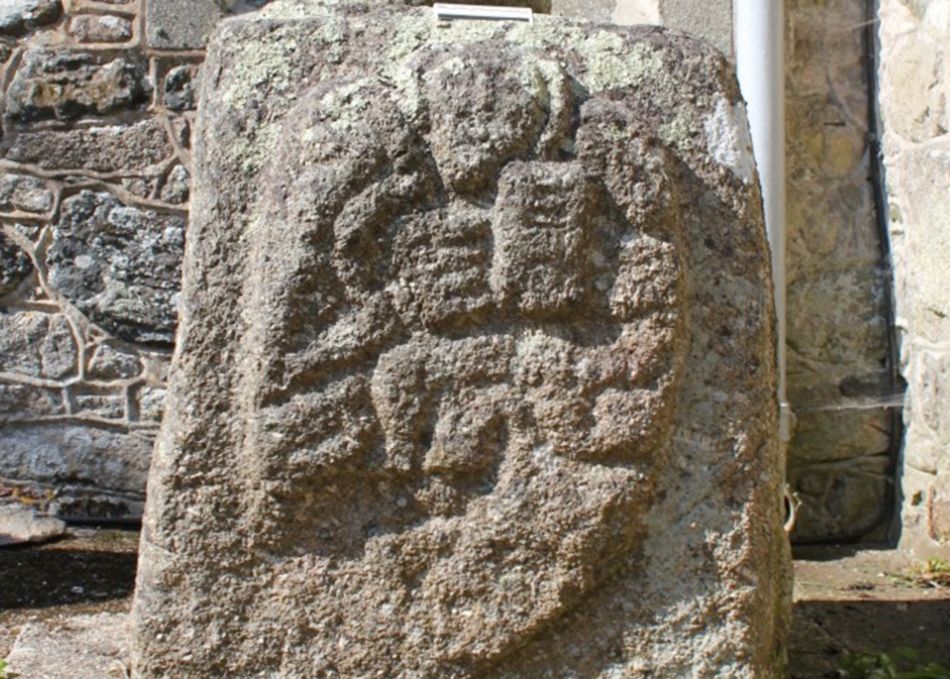Methodism
Charles and John Wesley were vicars working in England who were unhappy with how the church met the needs of working people. In the 1740s, they began to travel all over the Britain, preaching a new message of self-discipline and faithfulness. They believed that everyone could be saved from their sins through a strong faith in God. This new form of worship became known as Methodism.
Charles visits Cornwall
On 16th July 1743, Charles came to St Ives in Cornwall to meet a small group of people who had formed their own religious society. This group wanted to improve their own lives and the lives of others. Charles began preaching in the market at St Ives. At first, people were angry and mobs tried to attack him. These mobs had been encouraged by local vicars who thought that Charles was a threat to the Church of England.
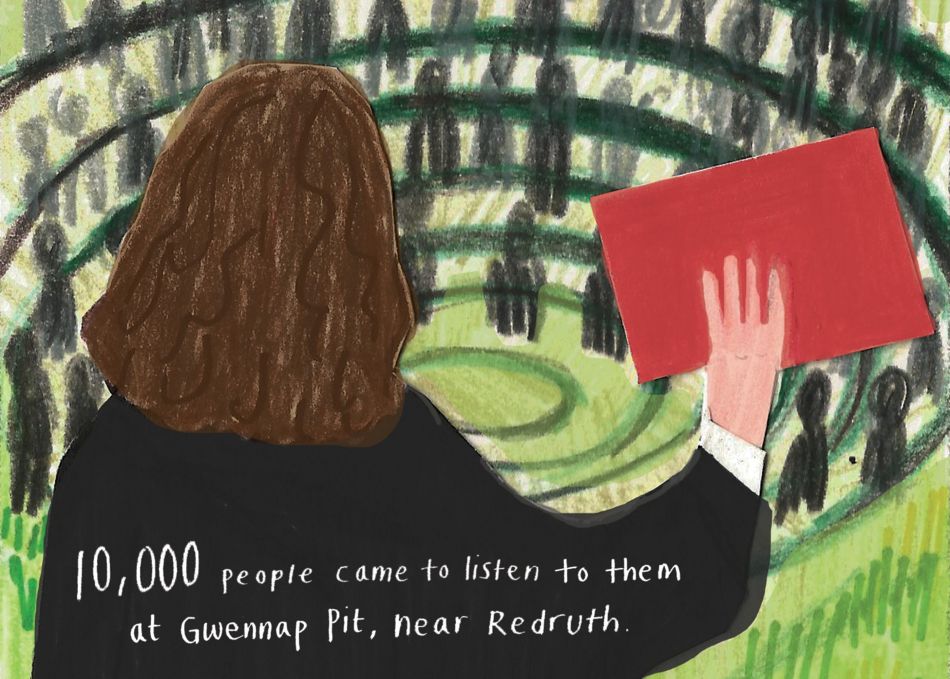
Illustration by Stella Isaac
John visits Cornwall
On 30th August 1743, Charles’ brother John also arrived in St Ives. The brothers began preaching all over Cornwall and soon thousands of people were gathering to listen to them. Their message of hope through faith in God was particularly popular with Cornish miners. Over 1,000 people came to listen to the message at St Just and 10,000 people came to Gwennap Pit, near Redruth.
Opposition
Some local vicars and members of the upper class disliked Charles and John. A magistrate (judge) from Ludgvan called William Borlase tried to have John arrested. However, the vicars of St Gennys and Laneast in north Cornwall welcomed John and let him preach in their churches.
Charles and John preached against smuggling, wrecking, wrestling, drinking and gambling. This made some working people in Cornwall angry and mobs continued to try to attack the brothers. However, as more people became Methodists, the attacks stopped.
Methodism grows
Charles and John had planted the seeds of Methodism in Cornwall. They came back many times to preach to the people. John visited 32 times and even went to the Isles of Scilly. Communities all over Cornwall formed Methodist societies, which met in private houses. Both men and women were encouraged to become preachers. Methodists in Cornwall also set up societies to educate children and adults, and to help people in distress. John last preached in Cornwall on Friday 28th August 1789. He was then 86 years old.
I preached at 9 in our new house at Camelford, thoroughly filled….and at 6 in the evening in the new house at Launceston; still too small for the congregation who seemed exceeding lively. So there is a fair prospect in Cornwall from Launceston to the Land’s End. The Journal of the Reverend John Wesley, 28th August 1789
Methodism and Cornish identity
By the end of the 1700s, thousands of Cornish people had become Methodists. Charles and John had wanted their new form of worship to remain a part of the Church of England, but in 1795, the Methodists broke away from the Church.
In the 1800s Methodists built chapels in nearly every parish in Cornwall, and by 1851, 60% of people attending a religious service in Cornwall were Methodists. Methodism became a key part of Cornish identity. Many of the things we think of today as being Cornish – including male voice choirs, brass and silver bands, carol singing, and tea treats – all developed in Methodist communities.

Illustration by Stella Isaac
Did you know?
It is said that in 1773 John Wesley preached to 32,000 people at Gwennap Pit. If that were true, this would have been nearly one quarter of the whole population of Cornwall at that time.
If someone preached to one quarter of Cornwall’s population today, it would mean over 130,000 people gathering in one place!

